When determining whether a particular transaction falls within the scope of VAT or not, a series of criteria must be evaluated.
Following which, should a transaction fall within the scope of VAT, reference is to be made to five basic questions, which one should scrutinise to determine the correct VAT treatment of any transaction, irrespective of the industry in which the taxable person operates.
How can we assess if a transaction falls within the scope of Malta VAT?
Article 2 to the EU VAT Directive provides that VAT shall become chargeable on
- Every supply of goods or services;
- that takes place in Malta;
- for a consideration;
- made by a taxable person acting as such.
If all four conditions are met cumulatively then, the transaction falls within the scope of Malta VAT and we can move on to analyse the VAT treatment of the transaction further by addressing the following five questions:
- Who are the parties involved?
- What is the nature of transaction?
- Where is the transaction taking place?
- Is an exemption possible?
- Who is liable for the VAT payment?
Who are the parties involved?
In principle, a transaction falls within the scope of VAT only if it is carried out by a taxable person, acting as such. The only exception to this rule is the importation of goods.
Here, it is pertinent to understand when a person holds the status of a taxable person acting as such. You may wish to refer to the Article Series 2 for a better understanding of this definition.
On the other hand, the person making the supply is required to establish the status of his customer mainly because in the VAT legislation, there are separate rules that may apply which depend on the status of the customer.
In practice, when analysing a transaction, we generally refer to the terms; B2B (Business2Business) or B2C (Business2Consumer).
What is the nature of transaction?
The concept of distinguishing supplies in VAT is very important since different rules of application may apply, particularly with regard to cross-border place of supply rules. In the context of VAT, a transaction can be one of the following:
- supply of goods
- supply of services
- intra-Community acquisition of goods
- importation of goods
So, what is a ‘supply’? A supply means an operation which is treated as a supply of goods or a supply of services in terms of the VAT legislation.
In general, a ‘supply of goods’ shall mean the transfer of the right to dispose of tangible property as owner. Nevertheless, it is still a supply of goods if there is no transfer of the legal ownership of the property. For example, in a car hire purchase agreement, a car dealer is supplying a car to a purchaser allowing them to use the car whilst paying for it in monthly instalments. Here, a supply of goods is taking place as soon as the car dealer transfers the economic ownership of the car to the purchaser, even though the legal ownership will be transferred after the final and full payment for the car is made.
To delve into various definitions of supplies of goods it is suggested to refer to Article Series 3 & 4.
On the other hand, a ‘supply of services’ shall mean a supply that is not a supply of goods. For example, the right to use a trademark is a supply of a service since the trademark is considered as intangible property.
What happens if you are involved in ‘mixed’ supplies? Where a supply includes the provision of both goods and services and the consideration for that supply does not distinguish between the consideration for the goods and for the services, the supply shall be treated as a supply of goods or as a supply of services according to the principal nature of the supply.
Where is the transaction taking place?
Different rules may apply in determining where a transaction is taking place for VAT purposes. Such rules are there to determine which jurisdiction has authority to tax a particular transaction. This way, there is less chance of double taxation or no taxation at all.
It is pertinent to note that for VAT purposes a transaction does not necessarily take place where the activities are physically carried out.
For different types of transactions, one may find general rules and specific rules. By literal interpretation, specific rules have ‘specific’ criteria which need to be in place to apply. If any of the criteria are missing, the specific rule shall not apply and instead, we apply the general rules.
The application of the general rules for supplies of goods depends on whether the goods are supplied with or without transport whilst the application of the general rules for supplies of services depend on the status of the customer. For VAT purposes, goods are supplied with transport only if there is cross border transport involved.
So, which are these general rules? You can refer to Article Series 5 which better describes such rules.
Is an exemption possible?
When a transaction is taking place in Malta, before charging VAT outright, a taxable person should assess if the transaction falls within the remit of a VAT exemption. You may wish to refer to Article Series 6 for a better insight on VAT exemptions.
So, which are these general rules? You can refer to Article Series 5 which better describes such rules.
Who is liable for the VAT payment?
The person liable for the VAT payment is the person responsible for levying, charging, and collecting the VAT and passing it on to the Malta Tax Authorities when due.
Generally, it is the supplier who is liable for the payment of VAT however, there are several cases where the liability shifts onto the customer.
Our Article Series 7 provide further information on the liability of the VAT payment
Basic Example
ABC Ltd is a Company established and identified for VAT purposes in Malta and provides consultancy services to a taxable person established and identified for VAT purposes in Finland:
Who to whom: B2B
Nature of Transaction: Supply of Service
Place of Transaction: General Rule; Where the customer is established i.e. Finland
Exemption: Not Applicable
Liability: Finnish Customer

Matthew Zampa
Partner




